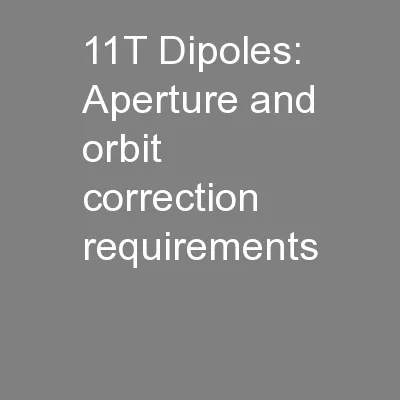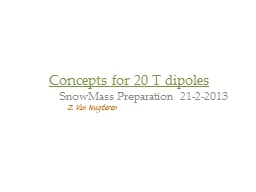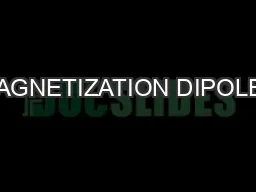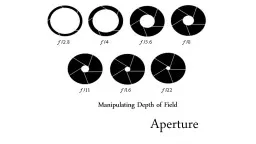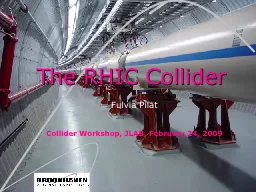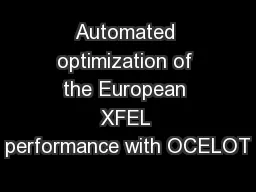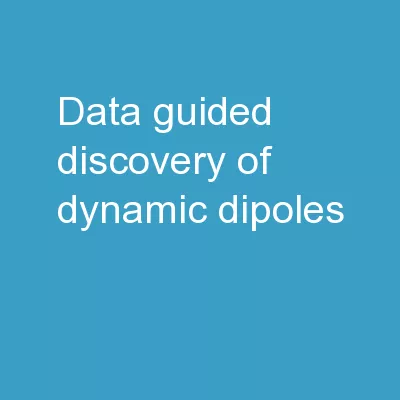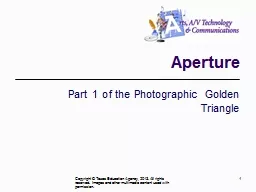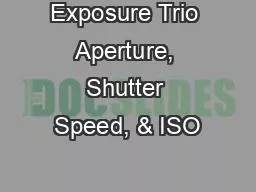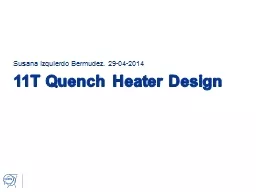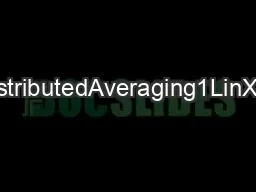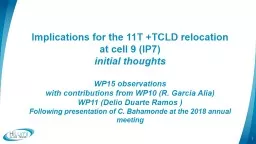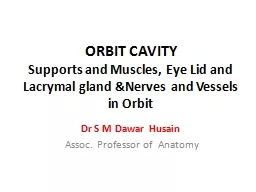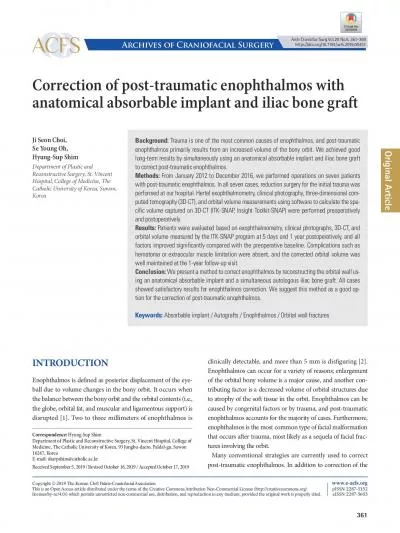PPT-11T Dipoles: Aperture and orbit correction requirements
Author : ellena-manuel | Published Date : 2016-03-04
R De Maria Thanks to L Bottura R Bruce S Fartoukh M Giovannozzi B Holzer M Karppinen SRedaelli F Savary 11T dipoles MBH will allow to introduce
Presentation Embed Code
Download Presentation
Download Presentation The PPT/PDF document "11T Dipoles: Aperture and orbit correcti..." is the property of its rightful owner. Permission is granted to download and print the materials on this website for personal, non-commercial use only, and to display it on your personal computer provided you do not modify the materials and that you retain all copyright notices contained in the materials. By downloading content from our website, you accept the terms of this agreement.
11T Dipoles: Aperture and orbit correction requirements: Transcript
Download Rules Of Document
"11T Dipoles: Aperture and orbit correction requirements"The content belongs to its owner. You may download and print it for personal use, without modification, and keep all copyright notices. By downloading, you agree to these terms.
Related Documents

